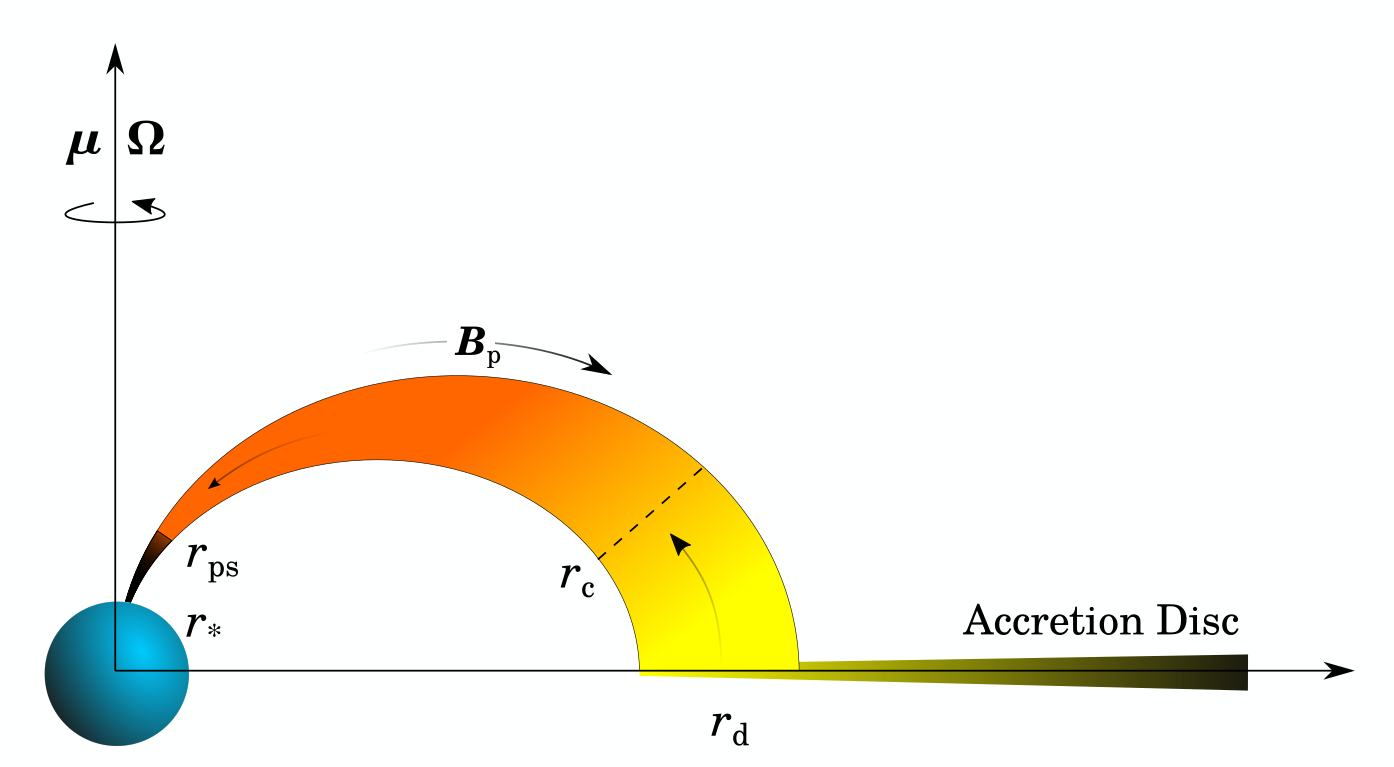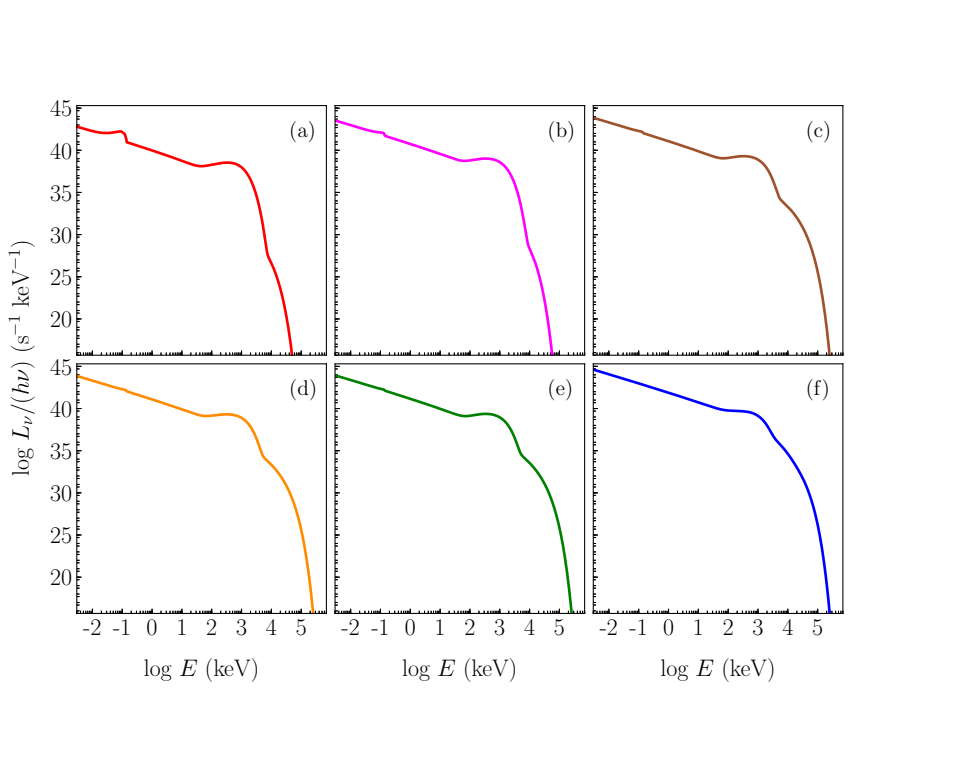Scientists have investigated the inflow of matter onto neutron stars—which are compact stars with masses similar to the Sun, but confined to a very small region like a city. Neutron stars can harbor extreme magnetic fields and this work for the first time found a methodology to obtain unique solutions for accretion onto a neutron star. It could help understanding of underlying physical processes around Neutron stars (NS).
Because of the extreme compactness (mass to radius ratio) of NS, they have large surface gravitational potentials which make them an efficient accretor of surrounding matter. It may be noted, accretion is the process of inflow of matter onto a compact star. The accretion dynamics, however, is strongly dictated by the magnetic fields. The strong magnetic field of the star restricts the infalling matter to flow along these field lines until they reach the poles of the star. It is near the poles where the matter emits most of its kinetic energy in the form of radiation. This enables the flow to slow down, finally settling down onto the NS surface.
Accretion flow around NS is composed of ionised plasma which is a soup of protons and electrons. Because electrons are almost two thousand times lighter than the protons, they are prone to different radiative emission processes and hence, these species are expected to exhibit different temperature distribution than that of the protons.
Working in this two-temperature regime is not trivial since they suffer from a very basic problem of degeneracy, which arises because of the presence of more variables than the number of equations of motions available. Degeneracy implies that the equations of motions when solved, produces multiple accretion solutions and hence different observable spectrum even for a given set of constants of motion.
Scientists from Inter-University Center for Astronomy and Astrophysics (IUCAA) and Aryabhatta Research Institute of Observational Sciences (ARIES), an autonomous institute under the Department of Science & Technology (DST), Government of India, investigated the nature of these flows and proposed a novel methodology to remove this degeneracy. They computed the entropy of these different degenerate solutions and proposed following the second law of thermodynamics that those with the maximum entropy are the correct accretion solution. Entropy is the measure of randomness of flow.
Previous research by other scientists had solved these degenerate solutions under adhoc assumptions. This research led by Shilpa Sarkar (IUCAA, Pune), Kuldeep Singh, Indranil Chattopadhyay (ARIES, Nainital), and aided by Philippe Laurent (IRFU /Service d’ Astrophysique and Laboratoire Astroparticule et Cosmologie, France) obtained the solution by using various laws of physics and not from any random assumption.
Thereafter, they analysed these unique solutions and computed the emitted radiations from them. The scientists found that most of the radiation comes from the region within the NS surface and the terminating shockwave -- a disturbance generated by matter moving faster than the speed of sound, formed near the NS surface. Terminating shock forms close to the NS surface as the infalling matter hits the NS surface with speeds far exceeding the sound speed. In addition, there are rotation mediated internal shocks formed as well for certain energy of the accretion flow. In the study accepted in the international journal Monthly Notices of the Royal Astronomical Society (MNRAS) the authors also showed that the secondary shocks may produce high energy radiation too, which they reported for the very first time.
According to the ARIES team, “this is probably for the first time any approach to removing degeneracy from two-temperature accretion solutions around NSs has been proposed. Our results would contribute to the understanding of underlying physical processes around NSs.”
Publication: Ref: Sarkar et. al., 2023, MNRAS 522, 3735; URL: https://doi.org/10.1093/mnras/stad1064
For more details, contact: Shilpa Sarkar (shilpa[dot]sarkar[at]iucaa[dot]in) and Indranil Chattopadhyay (indra[at]aries[dot]res[dot]in).

Fig 1: Accretion flow around neutron star with radius r*. Matter is accreted along the magnetic field lines (Bp) from the accretion disc until it reaches the poles of the NS, where it forms a shock (rps). It is in this region that most of the kinetic energy is radiated, slowing down the matter such that it can settle down onto the surface.

Fig2: Spectra from an accreting NS for various mass supply rates (a) 1.0×1015 g/s, (b) 5×1015 g/s, (c) 9.8×1015 g/s, (d) 1.0×1016 g/s, (e) 1.2×1016 g/s and (f) 2.5×1016 g/s. Other parameters are specific energy E=0.9983 (in units of light speed square), spin period P=0.91 s and surface magnetic field B=8×10^9 G.






























